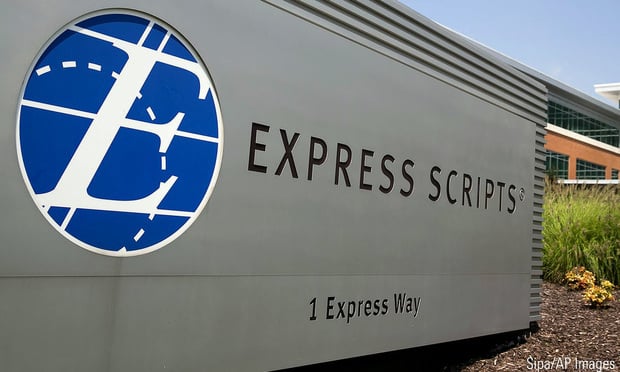Employer contributions in consumer-driven health plans have shifted recently, resulting in decreased contributions for workers with employee-only coverage and increased contributions for those with family coverage.
A new report from the Employee Benefit Research Institute finds that those with employee-only coverage saw their employer contributions increase between 2006 and 2008, but fall in 2009.
In those upward years, the percentage of workers in individual plans with employer contributions of $1,000 or more rose from 26 percent to 37 percent. But in 2009, that percentage retreated to 32 percent.
Recommended For You
For workers with family coverage, the percentage receiving a contribution of $1,000 or more increased from 59 percent in 2008 to 73 percent in 2009. Nearly three-quarters of workers with family coverage in a consumer-driven health plan now receive an annual employer contribution of $1,000 or more.
Since 2006, the percentage of workers with an HRA or HSA plan whose employer contributes to the account has not changed statistically. However, between 2008 and 2009, the percentage of employers making contributions dropped from 67 percent to 63 percent.
Other findings from the report:
- Growth of CDHP: In 2009, 4 percent of the adult population with private health insurance was enrolled in an HRA or had a high-deductible plan with an HSA, up 1 percentage point from the previous year. An additional 4.9 percent were eligible for an HSA but did not have such an account. Overall, 8.9 percent of adults with private insurance were either in a consumer-driven health plan or were in a high-deductible plan that was eligible for an HSA, but had not opened an account.
- Consumer-Driven Plan Eligibility: Among individuals with traditional employment-based health benefits and a choice of health plan, 39 percent were eligible for a CDHP in 2009, up from 33 percent in 2006.
- Rollovers: Both the amount of money that individuals have accumulated in their accounts and the amounts rolled over from year to year have grown: Those reporting a rollover of $1,500 or more increased from 13 percent in 2006 to 31 percent in 2009.
- Time in Plan: While HRAs and HSAs are still less than a decade old and a relatively small percentage of the health insurance market, a significant change continues to occur in the length of time individuals had these accounts. Between 2006 and 2009, the percentage of individuals in these plans for three to four years increased from 9 percent to 26 percent, and the percentage in the plans for five years or more increased from 3 percent to 9 percent.
- Account Balances: The amount of money that individuals have accumulated in their accounts has grown over time. The percentage of individuals reporting that they had nothing in their account at the time of the survey declined from 14 percent in 2006 to 6 percent in 2009. In contrast, the percentage of individuals reporting an account balance of at least $1,000 at the time of the survey increased from 25 percent in 2006 to 44 percent in 2007. It remained at 43 percent in 2008, and increased to 47 percent in 2009.
The report, published in the November 2009 EBRI Notes, is available at www.ebri.org.
© 2025 ALM Global, LLC, All Rights Reserved. Request academic re-use from www.copyright.com. All other uses, submit a request to [email protected]. For more information visit Asset & Logo Licensing.







